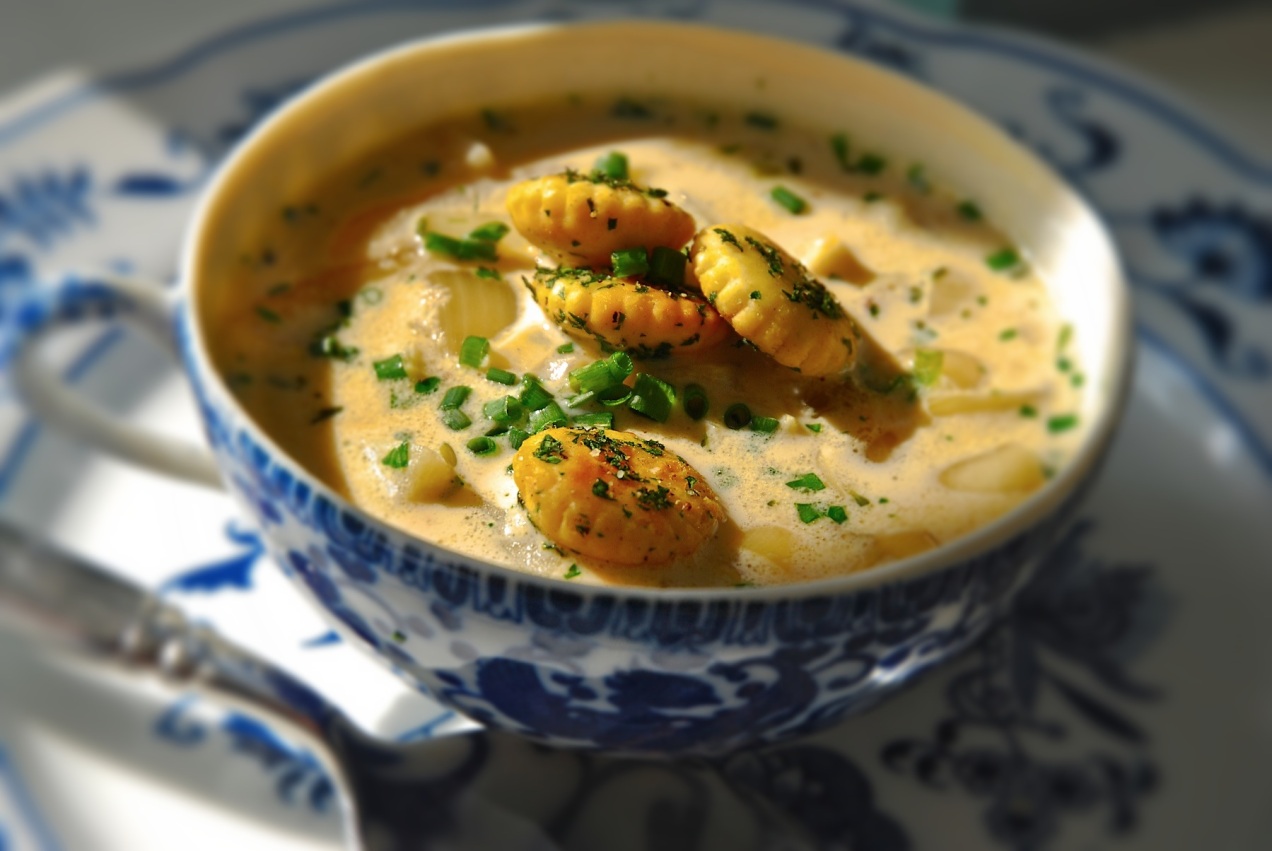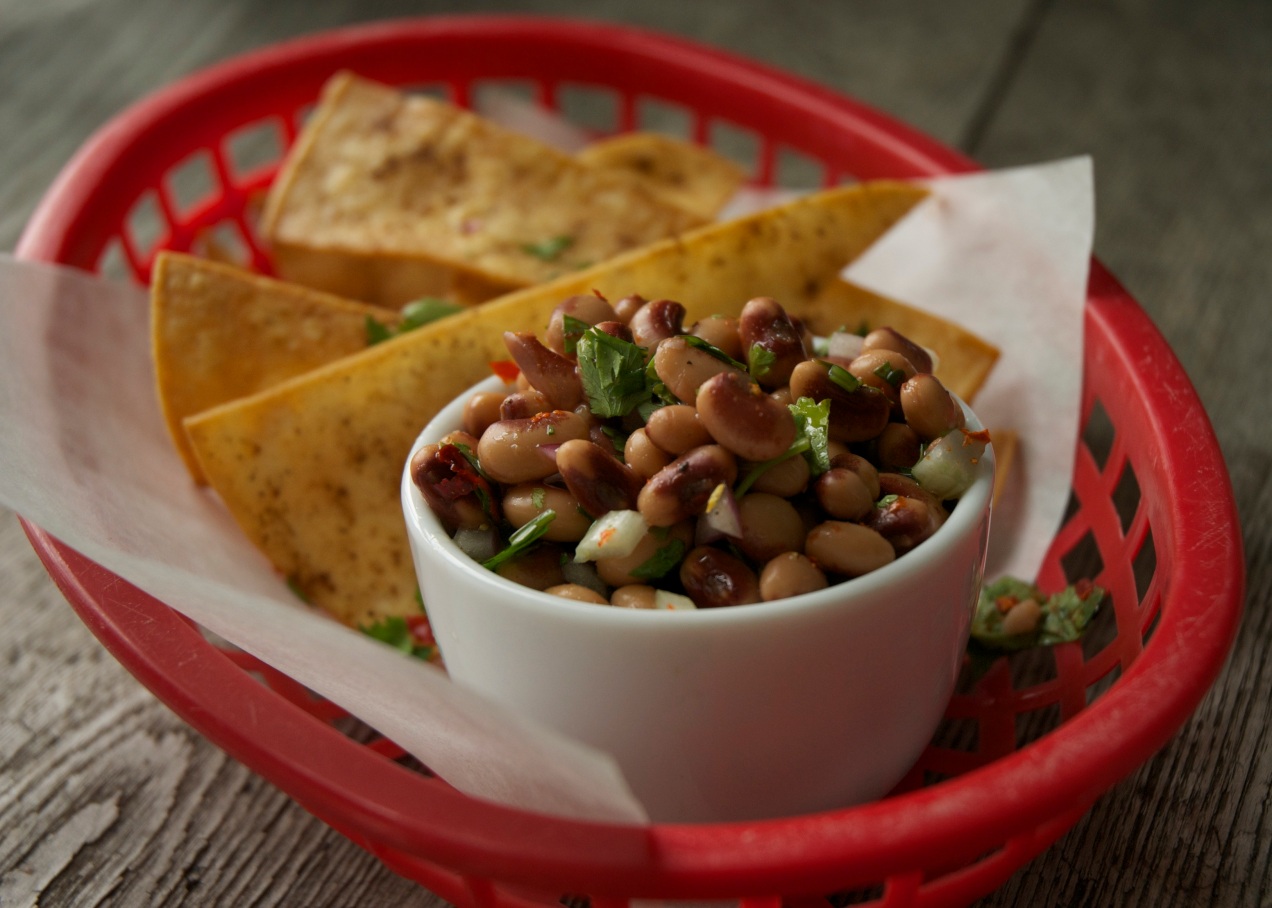 A sweating glass set down on a wooden bed stand makes an unmistakable sound. The ice doesn’t clink, it clicks, like fingernails on piano keys. In a small matter of time though the sound of the ice cubes change just as in another moment the wet glass leaves an indelible water mark. Of course, if someone’s setting a glass on your bed stand first thing in the morning, one of two things has happened: You’re either hung over, or you’re going to be.
A sweating glass set down on a wooden bed stand makes an unmistakable sound. The ice doesn’t clink, it clicks, like fingernails on piano keys. In a small matter of time though the sound of the ice cubes change just as in another moment the wet glass leaves an indelible water mark. Of course, if someone’s setting a glass on your bed stand first thing in the morning, one of two things has happened: You’re either hung over, or you’re going to be.
There are moments in life that are greater than the individual. Recognizing these moments and rolling with them is what separates the ordinary from the extraordinary. If I had known this in my youth, I might have steered clear of that gas station, but sometimes, when there is little or no choice, you have to figure it’s fate.
I had finished up my last 1 to 10 p.m. shift at the American-Statesman, gone home to the roach-infested Holiday Inn-style apartment, and packed. It was 2 a.m. before I got loaded up and hit the road for Atlanta.
It was an ungodly hour somewhere between Austin and New Orleans when I started to get nervous about ever finding an open gas station. I was ready to pull into a station lot and just sleep until they opened. At each exit, I looked over the tops of the swamp mangroves hoping to see the beacon of mercury vapor lights that might indicate an open station. The fuel light on my metallic red Honda Accord had been on for more miles than I had ever pushed it before I finally got off the highway. There was no station at the exit, but I was desperate and figured there might be gas in town. I was surprised when I found an open station halfway between the highway and the town limits.
As my headlights picked up the two good-ol’-boys rushing out of the station door dressed in camo and hunter orange, it became immediately apparent that this had, at best, a 50/50 chance of going well. Sometimes, when it’s too dark and too secluded, you just know.
Now, it’s not like I was ignorant. I grew up in Indiana, and, the way I’ve always seen it, the only difference between a redneck ridge-runner and a Cajun is the accent. They’re cultural relatives, after all. But you can find bad apples anywhere.
I grabbed the pump handle, and a greasy, meaty claw grabbed it from my hand. “Full service,” he said in a rubbery swamp drawl. “Just stand back and everything be fine, satisfaction guaranteed.” When the skinny one (because in stories like these there’s always a skinny one and a fat one) jumped in the front seat to pop the hood and the gas tank–and then started rifling around in the console and the glove compartment, I knew this was going be an expensive tank of gas.
As they kept up a casually aggressive small talk, I sized up my few options. It’s not like I was going to take these two on. They were ready to fight, with Buck knives on their belts and who-knew-what in their boots. But, if I kept my mouth shut and was polite, maybe my odds would go up: In a minute the car would at least be full of gas….
At that moment, lurching out of the bathroom on the side of the building, I saw him. White Jack Purcells, white socks, white Fila tennis shorts, white shirt, tear-drop sunglasses, and that fucking Panama hat. In each hand a trademark: one, a Smith and Wesson .357 magnum with a six-inch barrel and enough power to knock down a full-size buck at a considerable distance; the other, a Dunhill Full Flavor cigarette stuffed into a plastic Joyu 450 cigarette filter.
If I had been an older man, my heart would have exploded out of my chest; instead it just revved like a 426 hemi with a snapped drive shaft–my engine was racing; my body was frozen. I was the deer in the headlights.
Hunter S. Thompson had just burst out of a gas-station bathroom in bum-fuck-Eygpt, had a gun pointed at a hillbilly’s head, and was telling them both to eat shit. He backed them off and grabbed me by the collar and shook. “Move, God damn it!” he roared, and he shoved me into the driver’s seat, backed around the hood, and jumped in on the passenger’s side. I was hunched forward with both hands on the wheel and a look on my face like I had just run over my favorite dog. He opened his mouth to shout at me, and the baseball-bat slammed into the trunk. It shook me out of my shock, and finally I peeled out, but not before we lost the back driver’s-side window to a brick.
Thompson threw his black gym bag into the back seat with my photo stuff, grinned, and stuck out his hand. In his staccato voice, he said, “Hunter Thompson.” Before we even got to the highway, he had convinced me that I needed to take him to where he needed to go.
Belize. A secluded banana plantation owned by a bunch of Rastafarians somewhere near the Guatemalan/Mexican border. They had developed an iguana problem and were licensing people to come and hunt them. It was remote, secluded, and the Rastas didn’t license just anyone.
I didn’t think I owed him my life, because I was pretty sure the Cajuns at the station just wanted my stuff and didn’t want to hurt me. So my decision was based solely on one fact: It was Hunter S. Thompson. I buckled my seatbelt and settled in as chauffeur. Thompson was an avid amateur photographer, so we easily dropped into a conversation about f-stops and shutter speeds, Cartier-Bresson and Capa.
At the Texas/Mexico border he had me park my car at Nuevo Laredo. Said we would take a bus across and pick up a car that would be waiting for us in Sabinas Hidalgo. There, we would drive along the mountains and find our way to the plantation.
There are few people who are apparent in their persona and Hunter S. Thompson was one. If his look wasn’t loud enough, the cherry-red 1976 Eldorado convertible waiting for us was like the second coming. His theory, he explained, was: create enough noise and people will look the other way.
I would never get to test this theory with Thompson. We began to relax, and as he relaxed the pharmaceuticals came out to amp things up again. It was at this point that I took my first mescaline, and, trust me, the world has always looked a little different.
I honestly can’t recount any other part of this sordid tale. From there on in, it was overloaded with drugs and tequila, with no end in sight until it somehow suddenly stopped. Not until I woke up, for the first time ever, to the sound of clicking ice, was there a coherent moment to reflect.
“It’s the cure, not the culprit,” he said, as I eyed the tall tumbler on the bed stand. I looked down and, to my surprise, there was a bandage on my leg and the sheets were stained with blood.
I ran my hand down to feel a chunk of my calf gone. I looked at Hunter with shock and dismay.
“Iguana bite. Biggest damn iguana ever, and you slayed the vicious beast with one shot just after it got a piece of you.”
“Iguana tacos?” I queried.
“Best ever, just like you said,” he replied.
I took a drink. Hunter S. Thompson never lied.
Makes one
2 tablespoons fresh coconut water
3 ounces fresh pineapple juice
seltzer water
crushed ice
1. Fill a 10 oz. tumbler three quarters full with ice. Add the coconut water, pineapple juice, and top with seltzer. Stir and garnish with lime, mango, and a cherry.












